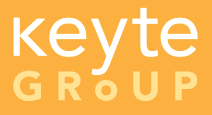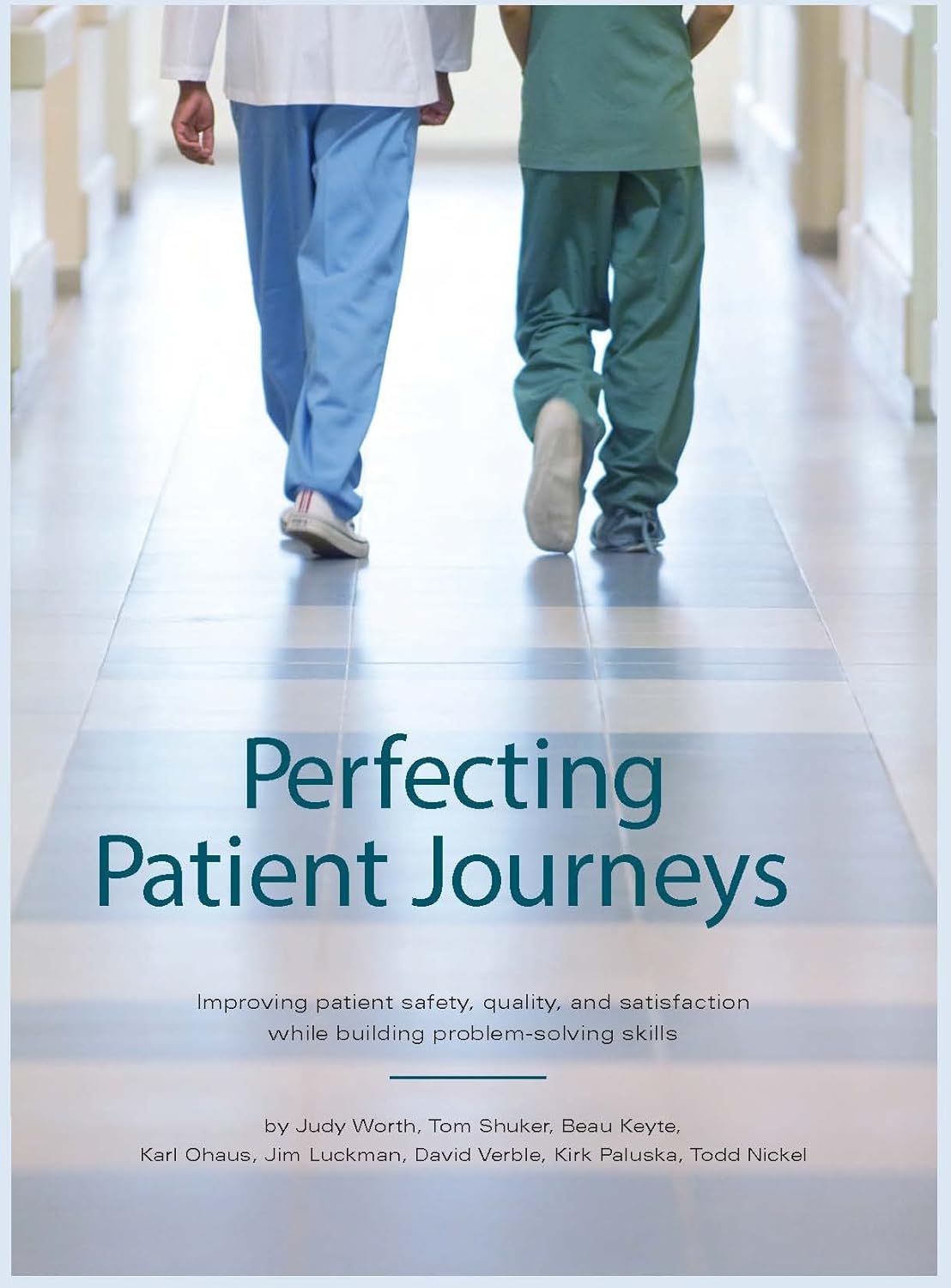Perfecting Patient Journeys
Guiding Organizational Transformation
PERFECTING PATIENT JOURNEYS, co-authored by Beau Keyte with Judy Worth, Tom Shuker, Karl Ohaus, Jim Luckman, David Verble, Kirk Paluska and Todd Nickel, is a guide for leaders of healthcare organizations who want to implement lean thinking in their organizations with all of the improvement in the quality and safety that it brings to the delivery of healthcare. Purchase Perfecting Patient Journeys.
Over the past eight years, the authors of this book have helped healthcare organizations learn how to make real and sustainable change using the value-stream improvement method. Implementing lean thinking has helped healthcare providers develop an adaptive, problem-solving culture with notable results:
- Reduced annual staff turnover by 20%
- Average length of stay (LOS) in a large emergency department was reduced by 30%
- The number of patients who left without being seen (LWOBS) dropped by 60% in the same hospital
- Customer (patient) satisfaction increased by 73%
- Operating room changeover time was reduced, which increased the number of surgical procedures performed by 20%
The method described here does not rely on huge training budgets or teams of consultants. It focuses on solving real organizational problems, and at the end of the day doing what healthcare organizations and those who labor there aspire to do every day: provide safe, effective, efficient, and timely patient care.
Purchase Perfecting Patient Journeys.
Praise for Perfecting Patient Journeys
"We have found in healthcare organizations throughout North America that this approach unleashes the talent and creativity of thousands of workers all focused on solving problems every day. The result? Remarkably higher-quality, lower-cost care. Given the worldwide problem of declining value in healthcare I cannot think of a more timely and practical resource for pursuing perfect health care delivery."
Dr. John Toussaint, Author, Potent Medicine and On the Mend
"In healthcare it is difficult to see the entire process in one's own department, never mind fully understand what the patients and families experience as they receive care throughout the hospital. Hospitals, like many companies, are set up in separate and distinct departments so a patient must enter and exit these distinct vertical silos even for a simple doctor's visit and face even more fragmentation for an inpatient stay. This book helps one to 'see' across the silos by teaching you a way to visualize the current flow (or anti-flow) of patients as they navigate their way to better health and in turn, makes obvious the waits and delays, the hand-off issues, the redundancies, and the pain our patients experience so that you can design a much better system of care delivery. Perfecting Patient Journeys provides a step-wise approach that is practical and clear and will jump start efforts of your process improvement teams."
Alice Lee, Vice President of Business Transformation, Beth Israel Deaconess Medical Center
"Perfecting Patient Journeys is the perfect field guide for leading self-directed improvement teams in healthcare. It is the Learning To See for healthcare providers and lean coaches. Our work at Martin Health Systems now follows the value-stream mapping and PDCA methodology outlined in the book, and we recently initiated a major Inpatient Service Line Value Stream Improvement Strategy applying the same process. Having buy-in from multiple stakeholders and structured follow-through on small rapid improvement events is critical to learning the concepts and maintaining progress."
Roger Chen, Corporate Director of Performance Excellence, Martin Health Systems
"Few healthcare leaders have been trained to understand the existing state of care processes in their hospital or clinic. Perfecting Patient Journeys describes the team-based, value-stream improvement method which allows frontline healthcare staff to standardize and improve care processes."
Purchase Perfecting Patient Journeys.
For further information, contact Beau Keyte to learn more about how the Keyte Group can help transform your organization.




